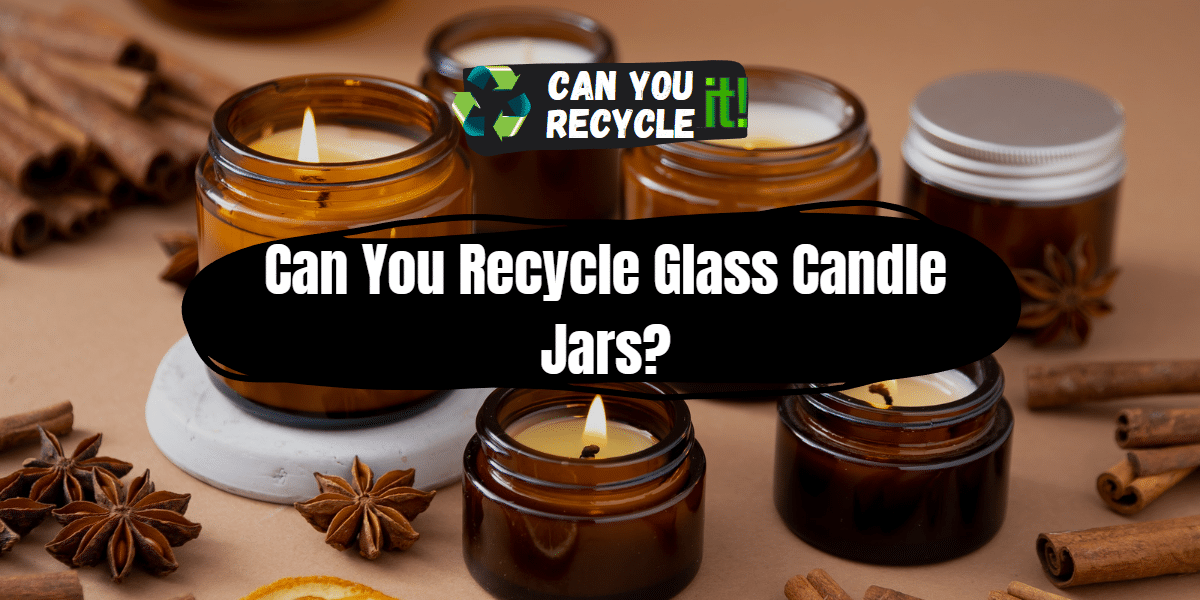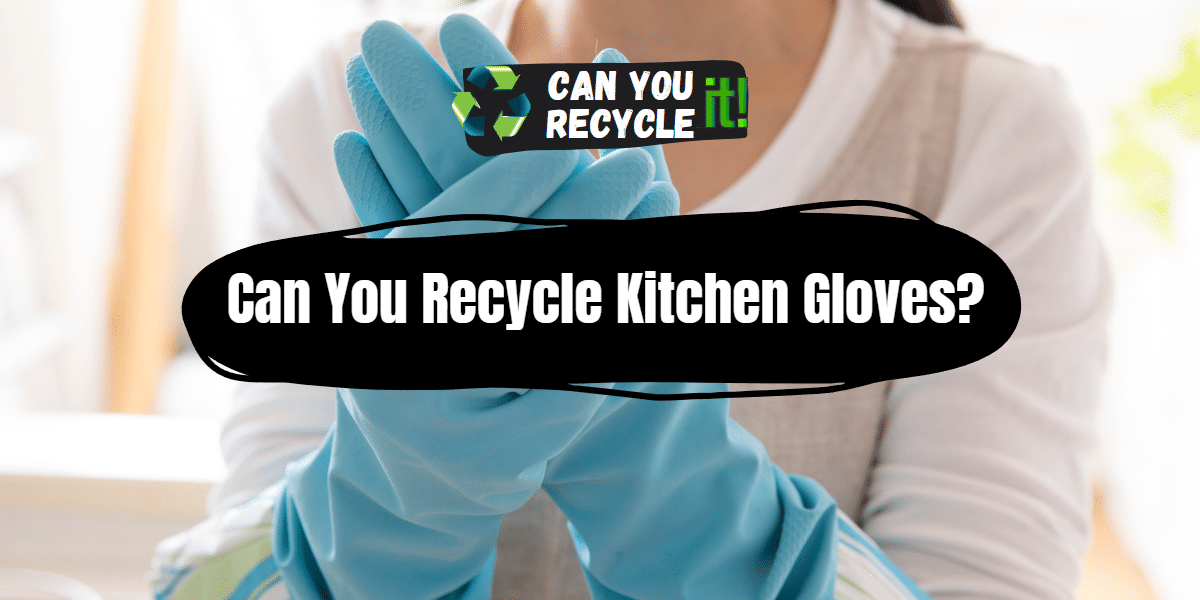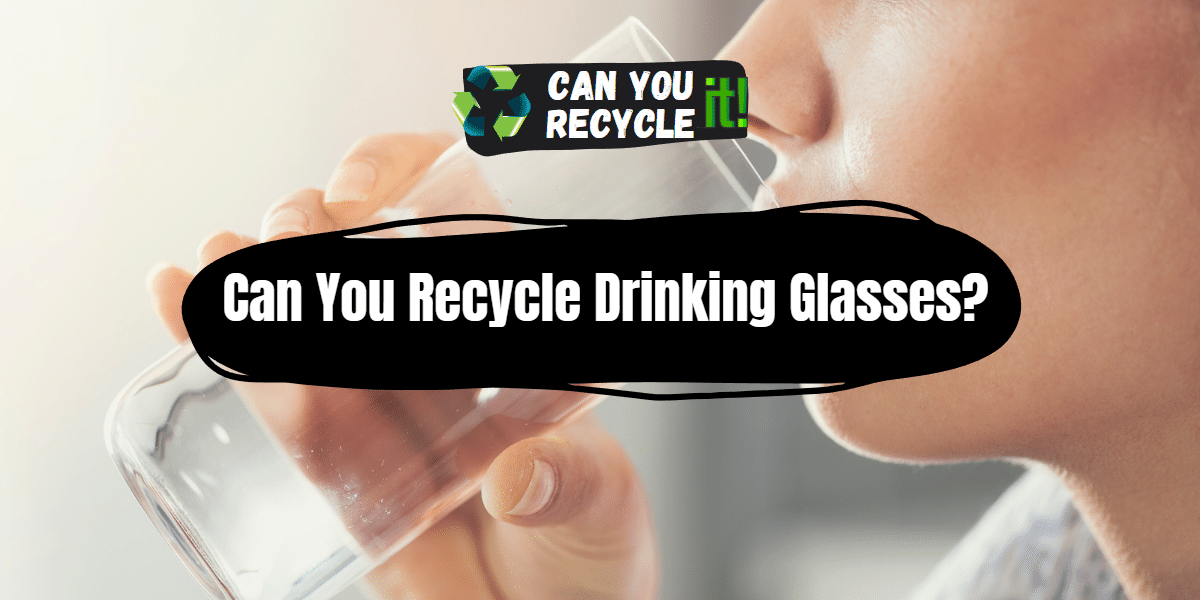Not all No. 7 plastics can be recycled. The No. 7 plastic category, denoted by the resin identification code (RIC) number 7, includes various types of plastic polymers that don’t fit into the other numbered categories. It is a catch-all category that encompasses a range of materials, including polycarbonate (PC) and other miscellaneous plastics.
Recycling has become an essential part of our daily lives as we strive to reduce waste and minimize our impact on the environment. Plastics, in particular, have garnered significant attention due to their long-lasting nature and adverse effects on ecosystems. While many of us are familiar with the recycling symbols on plastic containers, one symbol that often raises questions is the No. 7. In this article, we will explore whether or not you can recycle No. 7 plastic, along with some dos and don’ts, a step-by-step recycling guide, frequently asked questions, and final thoughts on the matter.
Did you know that globally, only about 9% of all plastic ever produced has been recycled? The majority of plastic, including No. 7 plastic, ends up in landfills, incinerators or pollutes our oceans and natural environments. This alarming statistic highlights the urgent need for improved recycling efforts and a shift towards a more circular economy that prioritizes reducing plastic waste and promoting responsible recycling practices.
Table of Contents
Do’s and Don’ts
When it comes to No. 7 plastic, it’s important to follow certain guidelines to ensure proper recycling practices. Here are some dos and don’ts to keep in mind:
Dos
- Check with your local recycling facility: Different recycling facilities have varying capabilities and guidelines for recycling No. 7 plastic. Contact your local recycling center or visit their website to find out if they accept this type of plastic.
- Look for specific instructions: Some No. 7 plastics may have specific recycling instructions provided by the manufacturer. Check the packaging or product label for any guidance on recycling.
- Consider reuse: If recycling No. 7 plastic isn’t an option, explore opportunities for reusing the item. Repurposing containers or finding creative ways to extend their lifespan can help reduce waste.
Don’ts
- Assume all No. 7 plastics are recyclable: While some recycling facilities accept certain types of No. 7 plastics, others may not have the capacity to process them. Avoid placing No. 7 plastic in your regular recycling bin unless you’re certain it can be recycled.
- Mix different plastic types: When recycling, it’s essential to separate different plastic types. Mixing No. 7 plastic with other plastics can contaminate the recycling stream and hinder the recycling process.
Did you know that #7 plastic, also known as “Other” or “Miscellaneous” plastic, can be a bit tricky to recycle? While some recycling facilities accept #7 plastic, it’s important to check with your local recycling program to see if they accept it.
5 Step Guide to Recycling Shoes
Here is a brief 5-step guide to recycling shoes.
Step 1
Identify the Plastic Type. Before recycling, determine the specific type of No. 7 plastic you have. Look for any markings, labels, or instructions on the item or its packaging. Understanding the plastic type will help you find the appropriate recycling options.
Step 2
Contact Your Local Recycling Center. Reach out to your local recycling center or visit their website to find information on whether they accept No. 7 plastic. If they do, inquire about any specific instructions or requirements they may have for recycling this particular type of plastic.
Step 3
Prepare the Plastic for Recycling. Clean the No. 7 plastic item thoroughly, removing any food residue or contaminants. It’s important to ensure that the plastic is as clean as possible to avoid contamination during the recycling process. Remove any non-plastic components, such as caps or labels, as they may need to be recycled separately.
Step 4
Drop Off or Arrange Pickup. Once you’ve prepared the No. 7 plastic for recycling, follow the instructions provided by your local recycling center for drop-off or pickup. Some centers may have designated bins or collection days for specific plastic types. If necessary, inquire about any specific packaging requirements, such as bagging or sorting, to facilitate the recycling process.
Step 5
Spread the Word. After successfully recycling your No. 7 plastic, share your experience with friends, family, and colleagues. Encourage others to explore recycling options for No. 7 plastic and raise awareness about the importance of responsible waste management. By spreading the word, you contribute to a collective effort toward a more sustainable future.
Environmental Impact of No. 7 Plastic
Plastics, including No. 7 plastic, have gained notoriety due to their detrimental impact on the environment. Understanding the environmental consequences of No. 7 plastic is crucial for making informed choices and driving positive change. Let’s delve into the environmental impact of No. 7 plastic and explore the reasons why responsible waste management is vital.
- Landfill Accumulation: No. 7 Plastic, when not properly recycled, often ends up in landfills. Its long-lasting nature means that these plastics can persist in landfills for hundreds of years, contributing to the ever-growing waste problem. As landfills reach capacity, the space available for proper waste disposal diminishes, leading to increased environmental strain.
- Resource Depletion: The production of No. 7 plastic involves the extraction and consumption of non-renewable resources, such as fossil fuels. This extraction process contributes to carbon emissions and further exacerbates the climate crisis. By recycling No. 7 plastic, we can reduce the demand for virgin materials and conserve valuable resources.
- Wildlife and Marine Life Impact: Improper disposal of No. 7 plastic, such as littering or inadequate waste management, poses a significant threat to wildlife and marine life. Animals can mistake plastic debris for food or become entangled in plastic waste, leading to injury, suffocation, or even death. Moreover, plastic pollution in oceans and waterways harms delicate ecosystems and disrupts the balance of marine life.
- Soil and Water Contamination: No. 7 Plastic can release harmful chemicals and pollutants into the surrounding environment as it breaks down over time. These pollutants can seep into the soil, contaminating agricultural lands and potentially entering the water supply. This contamination poses risks to both human health and the health of ecosystems that rely on clean water sources.
- Microplastics and Human Health: As No. 7 Plastic degrades, it breaks down into smaller fragments known as microplastics. These tiny particles can be ingested by aquatic organisms and can even find their way into the food chain, ultimately reaching humans. The long-term health effects of microplastic ingestion are still being studied, but research suggests potential risks to human health, including impacts on the digestive system and hormonal balance.
Given these environmental concerns, it is imperative to adopt responsible waste management practices, including the proper recycling of No. 7 plastic. By recycling, we minimize the amount of plastic waste that ends up in landfills, reduce resource consumption, and mitigate harm to ecosystems and wildlife.
FAQs for Can you Recycle Shoes
What types of products are commonly made from No. 7 plastic?
No. 7 plastic is commonly used for products such as baby bottles, reusable water bottles, food storage containers, sunglasses, DVDs, and some electronic components.
Can all No. 7 plastics be recycled?
Not all No. 7 plastics can be recycled. The category includes a wide range of materials, and acceptance for recycling varies depending on the local recycling facilities. It’s best to check with your local center to determine which types they accept.
Is No. 7 plastic safe for food and drink containers?
Some No. 7 plastics, such as polycarbonate (PC), may contain bisphenol A (BPA), a chemical that has raised concerns about potential health risks. It’s advisable to look for BPA-free alternatives for food and drink containers, especially those intended for hot liquids or prolonged storage.
Can I recycle No. 7 plastic in my curbside recycling bin?
Curbside recycling programs differ by location, and some may accept certain types of No. 7 plastics. However, due to the variability of recycling capabilities, it’s recommended to check with your local recycling provider for specific guidelines.
Final Thoughts 💭
Recycling No. 7 plastic can be a bit more complicated compared to other numbered plastics. The catch-all nature of this category means that acceptance of recycling varies widely among different recycling centers. It’s crucial to research and reach out to your local recycling facility to determine their specific guidelines.
Remember to follow the dos and don’ts of recycling, such as checking with your local center, looking for specific instructions, and considering reuse when recycling No. 7 plastic. Following these practices will help ensure that you contribute to proper recycling efforts and minimize environmental impact.
While the recycling of No. 7 plastic is important, it’s equally essential to focus on reducing plastic consumption and opting for more sustainable alternatives. By making conscious choices in our daily lives, we can collectively work towards a greener future.
Recycling is just one piece of the puzzle in the larger effort to protect our planet. Let’s continue to educate ourselves, spread awareness, and take action to preserve the environment for future generations.
Remember, the responsibility lies with each of us to make a positive impact. Together, we can make a difference!





Leave a Reply